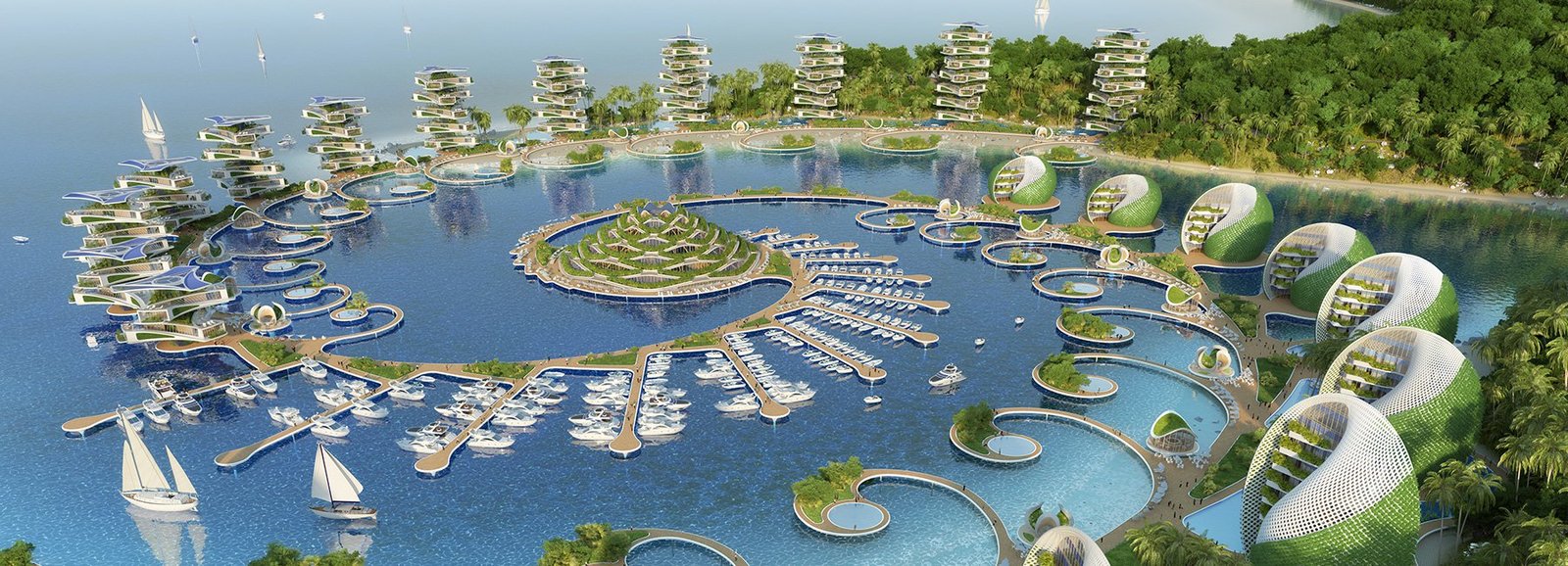
The Philippines' location on the Pacific Ring of Fire and close to the equator makes the Philippines prone to earthquakes and typhoons, but also endows it with abundant natural resources and some of the world's greatest biodiversity. The Philippines has an area of 343,448 square kilometers (132,606 sq mi) and, as of 2015, had a population of at least 100 million. As of January 2018, it was the eighth-most populated country in Asia and the 12th most populated country in the world. Approximately 10 million additional Filipinos lived overseas, comprising one of the world's largest diasporas. Multiple ethnicities and cultures are found throughout the islands. In prehistoric times, Negritos were some of the archipelago's earliest inhabitants. They were followed by successive waves of Austronesian peoples. Exchanges with Chinese, Malay, Indian, and Islamic nations occurred. Then, various competing maritime states were established under the rule of Datus, Rajahs, Sultans or Lakans.The arrival of Ferdinand Magellan, a Portuguese explorer leading a fleet for the Spanish, in Homonhon, Eastern Samar in 1521 marked the beginning of Hispanic colonization. In 1543, Spanish explorer Ruy López de Villalobos named the archipelago Las Islas Filipinas in honor of Philip II of Spain. With the arrival of Miguel López de Legazpi from Mexico City, in 1565, the first Hispanic settlement in the archipelago was established. The Philippines became part of the Spanish Empire for more than 300 years. This resulted in Catholicism becoming the dominant religion. During this time, Manila became the western hub of the trans-Pacific trade connecting Asia with Acapulco in the Americas using Manila galleons.
